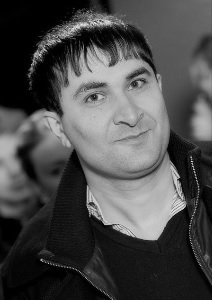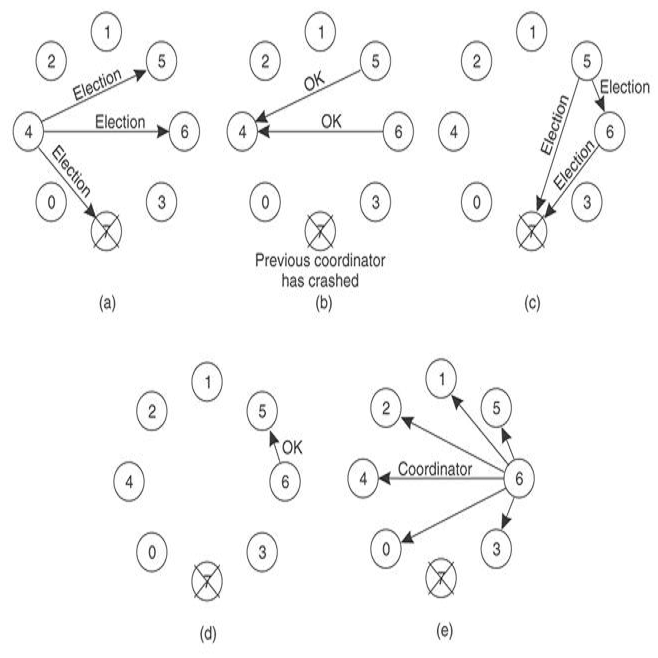This paper addresses the following question which is of interest in designing efficient exclusive-use spectrum licenses sold through spectrum auctions. Given a system model in which customer demand, revenue, and bids of wireless operators are characterized by stochastic processes and an operator is interested in joining the market only if its expected revenue is above a threshold and the lease duration is below a threshold, what is the optimal lease duration which maximizes the net customer demand served by the wireless operators? Increasing or decreasing lease duration has many competing effects; while shorter lease duration may increase the efficiency of spectrum allocation, longer lease duration may increase market competition by incentivizing more operators to enter the market. We formulate this problem as a two-stage Stackelberg game consisting of the regulator and the wireless operators and design efficient algorithms to find the Stackelberg equilibrium of the entire game. These algorithms can also be used to find the Stackelberg equilibrium under some generalizations of our model. Using these algorithms, we obtain important numerical results and insights that characterize how the optimal lease duration varies with respect to market parameters in order to maximize the spectrum utilization. A few of our numerical results are non-intuitive as they suggest that increasing market competition may not necessarily improve spectrum utilization. To the best of our knowledge, this paper presents the first mathematical approach to optimize the lease duration of spectrum licenses.
翻译:本文探讨以下对设计通过频谱拍卖出售的高效专用频谱许可证感兴趣的问题。鉴于一个系统模式,即客户需求、收入和无线运营商的投标具有随机过程的特点,而且运营商只有在预期收入超过阈值且租赁期限低于阈值的情况下才有兴趣加入市场,因此,最理想的租赁期限是什么,可以最大限度地扩大无线运营商对客户的净需求?增加或减少租赁期限有许多相竞效应;虽然缩短租期可能会提高频谱分配的效率,但延长租期可能会通过激励更多的运营商进入市场而增加市场竞争。我们把这一问题发展成由监管者和无线运营商组成的双阶段斯塔克尔伯格游戏,并设计高效的算法,以找到整个游戏的斯塔克尔伯格平衡。这些算法还可以用来在我们模式的某些一般化下找到斯塔克尔伯格平衡。使用这些算法,我们获得了重要的数字结果和洞察力,说明最佳租赁期限与市场参数如何不同,以便最大限度地利用频谱。我们的一些数字结果并不代表我们的最佳租赁周期的使用方式,因为它们必然改进了我们的最佳版本。








